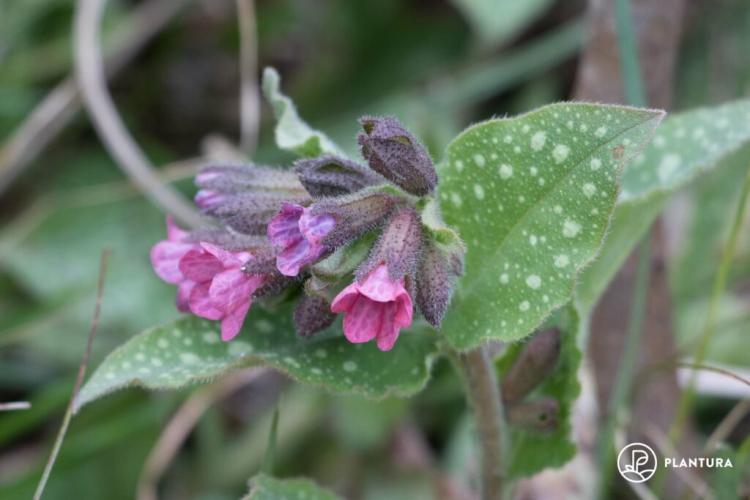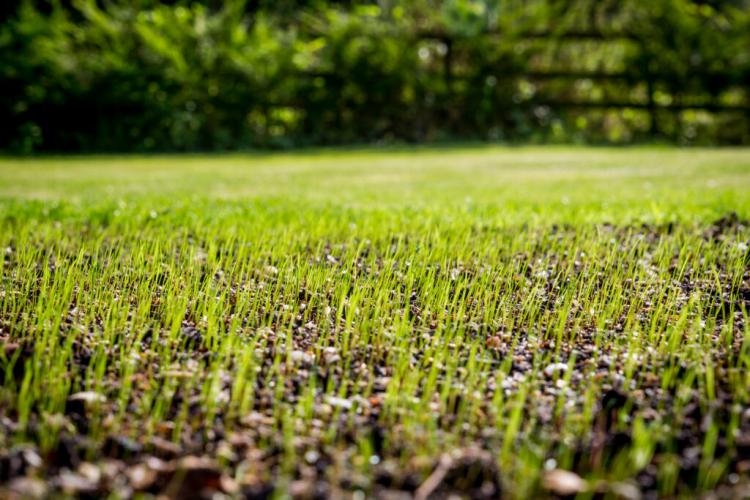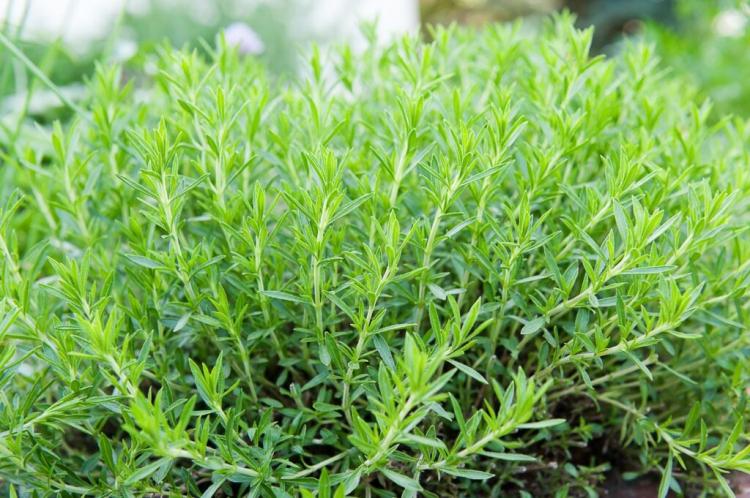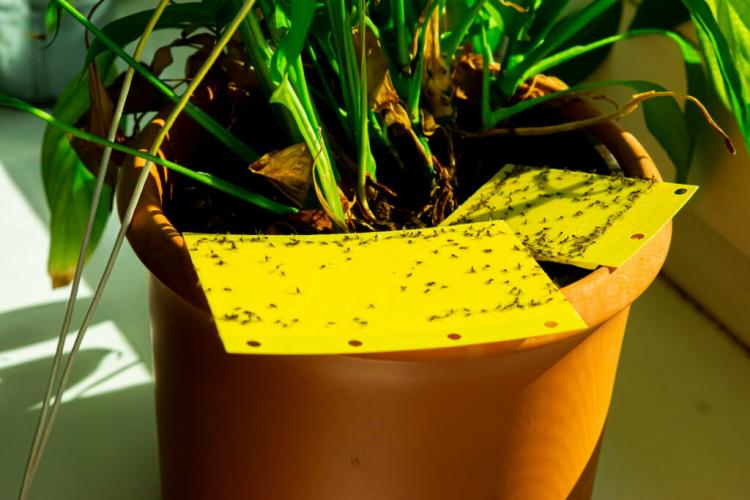Fertilizing chilli: tips on procedure & timing
Chilies owe their spiciness particularly to proper care. We explain when, how and with what best to fertilize the fiery chilies.
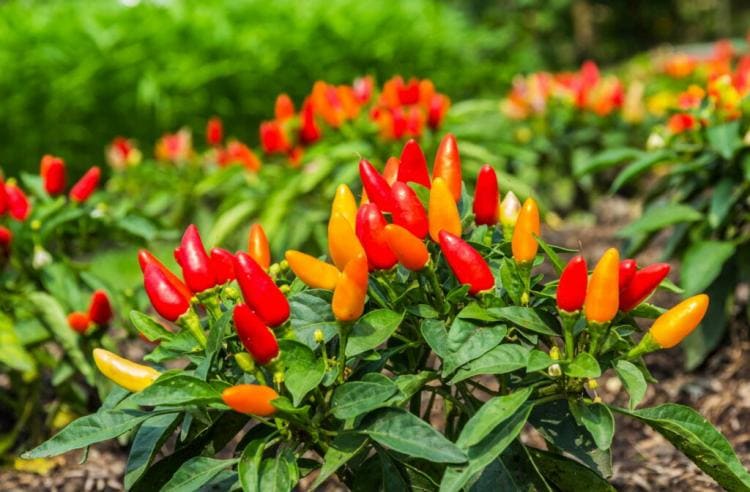
The right availability of nutrients can have a positive effect on the spiciness of chillies [Photo: kawephoto / Shutterstock.com]
Chilies belong to the plant genus paprika ( Capsicum ) and thus belong to the large nightshade family (Solanaceae). Basically, chillies are nothing more than hot breeds of sweet peppers ( Capsicum annuum ). In order for your plants to grow healthily and for you to be able to harvest plenty of fiery red, hot fruits, your pepper plants need sufficient heat, plenty of sunlight, sufficient water supply and nutrient-rich soil. Chilies are one of the most strongly eating vegetables. But as always, the right dosage is important when it comes to fertilizing. We explain to you when it is best to fertilize your chilli and how you can easily detect a nutrient deficiency.
The best time to fertilize chili plants
Table of Contents
From the seed to the ripe fruit, the chilli plant goes through different stages in which it makes different demands on its nutrient supply. No additional nutrients need to be added during sowing. A commercially available growing medium such as our Plantura organic herb and seed soil is completely sufficient. After all, the seedlings still supply themselves with the reserve substances in the seed in the first few days. Pre-fertilized substrates could even negatively affect the development of the seedling due to the high nutrient content.
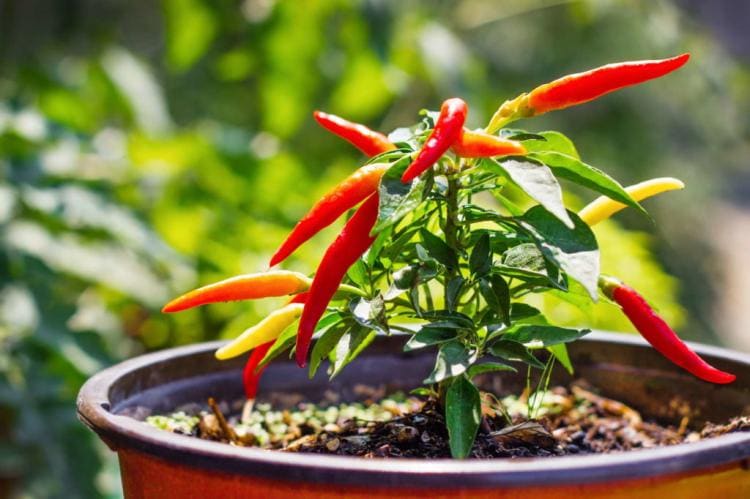
A chilli plant should not be fertilized before it is repotted for the first time [Photo: Mila Atkovska / Shutterstock.com]
After pricking and repotting, the chilli can be fertilized for the first time. Either you use pre-fertilized substrate or you work something mainly organic fertilizer in granulate form – like our Plantura organic tomato fertilizer – into the substrate. With sufficient watering, organic fertilizers are softened, accessible to microorganisms and the nutrients are released slowly and naturally.
From the end of May, the cold-sensitive pepper plants can be put in a protected place outdoors. It is best to enrich poor soils with compost or rotted manure beforehand. These natural fertilizers improve the soil structure, activate the soil life and also provide the plant with nutrients. Chilies in pots are now also put outside and should be given a larger pot with fresh substrate if necessary.
When planting out or shortly afterwards, the flower buds develop. Now the supply of potassium and phosphorus becomes particularly important. Therefore, it is essential to re-fertilize in May so that the plants set many flowers and fruits. Special chilli fertilizers can hardly be found in specialist shops, but many tomato fertilizers have a corresponding proportion of these nutrients and are therefore ideally suited for fertilizing chilies. Mineral fertilizers, on the other hand, bring a quick nutrient boost, but they harbor some dangers if used improperly. It is therefore best to use organic long-term fertilizers in organic quality such as our Plantura organic tomato fertilizer, which is particularly gentle on your plants, the soil and the animals in the garden.
Recognize deficiency symptoms in chillies
If there are not enough nutrients, the chilli will not be able to grow and will hardly produce any fruit. Excessive fertilization is, in turn, at the expense of the health of the plants, and a wide variety of over-fertilization symptoms can occur. So watch your plant closely to counteract a deficiency as early as possible. Yellow discolorations on older leaves are relatively often the first signs of a nitrogen or magnesium deficiency, with a magnesium deficiency manifesting itself in yellow leaf spots.
If initially only the young leaves are affected by the yellow coloration and the leaf veins are still colored bright green, an iron deficiency may be the cause. A lack of sulfur is also manifested by yellowish young leaves, as well as stunted growth and a reddish discoloration of leaf stems and shoots. Reddish or brownish discolouration on the stem and on the leaves and a steep upturn in the leaves indicate a lack of phosphorus. A potassium deficiency, on the other hand, manifests itself in deformed or hanging leaves, which later form brown edges and lead to cracks in the fruit peel. Leaves mottled with yellow or yellow leaves with green veins indicate a calcium or boron deficiency. However, such a deficiency rarely occurs in ordinary garden soils.
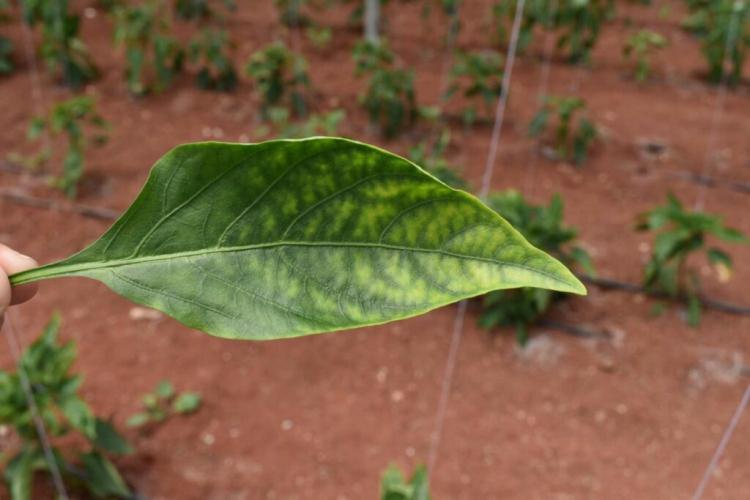
A magnesium deficiency is shown by yellow spots on the old leaves [Photo: Alchemist from India / Shutterstock.com]
Because of these effects, one might conclude that it is better to fertilize too much than too little. However, there are also signs that show up when there is an excess of nutrients. The trick is to supply the plant with these nutrients in as optimal a quantity as possible. If you notice symptoms of deficiency, it is better to act quickly: Choose a fast-acting, organic liquid fertilizer such as our Plantura organic tomato & vegetable fertilizer in order to supply the required nutrients quickly.
Summary: when should you fertilize chilies?
- Work compost or manure into the soil.
- When repotting or transplanting the plant, provide it with long-term organic fertilizer.
- Keep the substrate moist so that the granules can be broken down.
- Pay attention to symptoms of deficiency and react.
Fertilizing chilli: procedure and the right chilli fertilizer
There are a number of ways in which you can supply your pepper plant with a sufficient amount of nutrients in an optimal composition. It doesn’t always have to be the first complete fertilizer from the garden center. We explain to you what is important when choosing a fertilizer.
You Might Also Like Peppers That Grow Upward
Organically fertilize chilli: Recommendation for application
In principle, you do not necessarily have to use a special chilli fertilizer. Tomato fertilizers with a high potassium content are perfectly adequate. A primarily organic long-term fertilizer offers many advantages here:
- Due to the ongoing decomposition by microorganisms in the soil, the chilli plant is supplied with nutrients over a longer period of time.
- Promotion of an active soil life and a sustainably improved soil structure.
- Protection of the environment by not using chemicals.
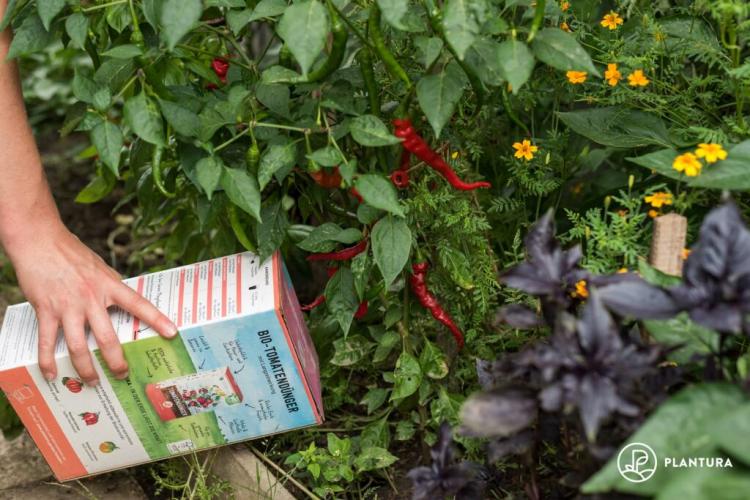
Our Plantura organic tomato fertilizer is easy to dose and has the potassium necessary for the chilli
Our Plantura organic tomato fertilizer fulfills all of these criteria, as it consists mainly of organic, plant-based raw materials. It also provides your chilli with sufficient potassium for good fruit quality. The granular fertilizer is also easy to dose and easy to use. So that you supply your chilli plants with the ideal amount of nutrients, we have put together detailed instructions for you below.
Long-term organic fertilization: Instructions and dosage for chillies
- Before planting: Work 60 – 110 g / m² (5 – 9 tablespoons) of our Plantura organic tomato fertilizer into the soil
- Pour well so that the granules can soften
- After 2 months you should fertilize again 50 – 70 g / m² (4 – 6 tablespoons)
Fertilize the chilli with minerals
Liquid fertilizers, blue grains and the like are particularly popular in the pot culture of chilli. They ensure a quick nutrient boost and guarantee a certain basic supply. If the dosage is incorrect, however, the high salt concentrations in mineral fertilizers can cause slight or severe fertilizer damage: The spectrum ranges from excessive leaf growth and reduced fruit set to increased susceptibility to fungal diseases to the death of the plant due to the high salt concentration at the roots. A leaching of dissolved mineral nitrogen into deeper soil layers can also lead to increased nitrate concentrations in the groundwater.
In contrast, organic fertilizers are much more environmentally friendly and there is almost no risk of over-fertilization – strong over-fertilization is completely excluded. The soil life is promoted by the introduction of organic material and the soil structure is improved with regular use.
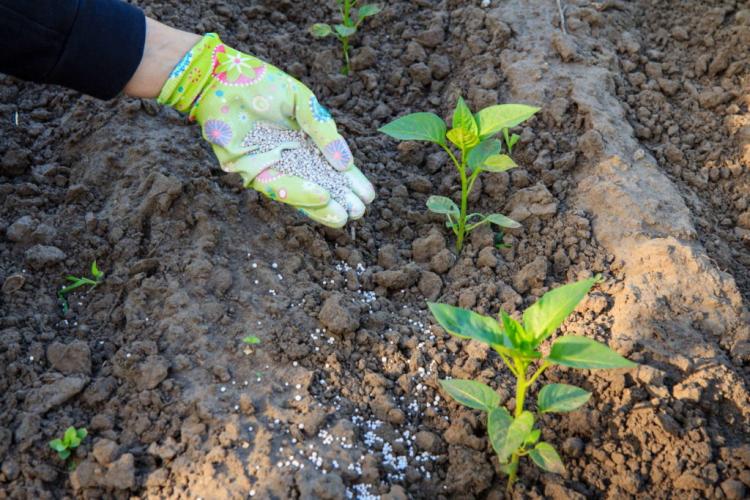
The high salt concentrations in mineral fertilizers can lead to severe salt damage if the wrong dosage is used, in which the plants die [Photo: Vitalii Marchenko / Shutterstock.com]
Fertilize chilli: coffee grounds and other home remedies
If you prefer to use natural fertilizers in your garden, you can also use mature compost or well-rotted horse manure. Watering with diluted nettle manure (dilute in a ratio of 1:10) is also recommended at the time of blossom and fruit formation. This can be easily made by yourself and also provides the plant with nitrogen and potassium . Another sustainable use is the fertilization with coffee grounds. The actual waste product can be scattered on the ground or added to the irrigation water. Coffee grounds contain important nutrients such as potassium, nitrogen and phosphorus. It also attracts earthworms, which help break down the organic matter while loosening the soil. However, use coffee grounds in moderation as fertilizer so that your garden soil does not acidify.
Have you ever grown chilies from seeds? This is child’s play with our Plantura chili growing set.

